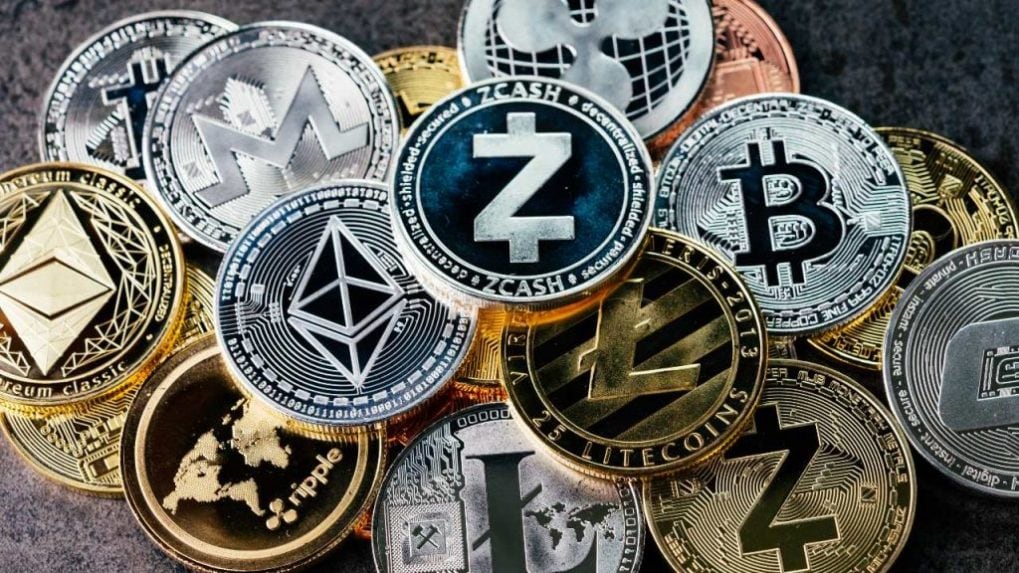
A new segment of crypto tokens is slowly growing in popularity amongst crypto investors; it is called the ‘index token’. These tokens track a broad range of crypto assets, much like how traditional indices track a wide range of popular stocks. TCAP is one such index token, and it follows the movement of the cryptocurrency market as a whole.
Total Crypto Market Cap (TCAP) represents the global market capitalisation of most mainstream cryptocurrencies. You can think of it as a benchmark index for cryptos. It is like the NIFTY50 index, which encompasses the stocks of the 50 most prominent Indian companies across all sectors.
Since the TCAP token factors in almost all cryptocurrencies, it neutralises the heavy fluctuations seen in some of them and absorbs much of their volatility. For investors, this means that the risk of investing in single tokens is significantly reduced.
Also Read:
This token was designed to operate like a stablecoin but relies on different metrics. While stablecoins are pegged to fiat currencies like the USD and maintain a constant price almost all the time, the TCAP reflects the movements of the broader crypto market. TCAP sources data from the decentralised network Chainlink to mirror these market movements.
The TCAP token derives its value from a straightforward calculation. It takes the global market capitalisation of all cryptocurrencies under consideration and divides it by 10 billion. For example, if the market capitalisation of all cryptocurrencies it has covered is $1.4 trillion, the price of the TCAP token will be 1,400,000,000,000/10,000,000,000 = $140 per token.
The Total Market Cap token is powered by Ethereum smart contracts and is, therefore, an ERC-20 token. Since the Cryptex Protocol is a decentralised finance (DeFi) platform, the TCAP tokens can be borrowed or minted.
However, to maintain its peg with the cryptocurrencies it follows, TCAP employs an ‘over-collateralisation’ mechanism. This means that every TCAP token is backed by 200 percent collateral in the form of ETH/DAI reserves. The DAI token of the Maker Protocol also uses this model.
TCAP can be minted by depositing enough ETH or DAI with the network through a smart contract. One has to maintain this ratio of 200 percent collateral per token manually. Should you fail to do so, the smart contract will immediately trigger the liquidation of your deposits. Once the borrowed TCAP are returned to the network, your collateralised deposits are returned to you. These TCAP tokens are then burnt.
However, TCAP is not a governance token and does not entitle token holders to participate in votes. Cryptex Finance uses a token called CTX for this purpose. If you possess more than 100,000 CTX tokens, you even earn the right to propose changes. You may even allot these tokens to another entity to vote/propose changes on your behalf.
The Cryptex protocol is not entirely decentralised as it may seem. The developing team can choose to halt TCAP minting and collateral deposits at any time. However, this does not interfere with users trying to withdraw their deposits.
The TCAP token was trading at $149.89 at the time of writing, with a market capitalisation of $2.4 million. Currently, 16,207 TCAP tokens are in circulation with no limit on the total supply.
First Published: IST
This news is republished from another source. You can check the original article here



